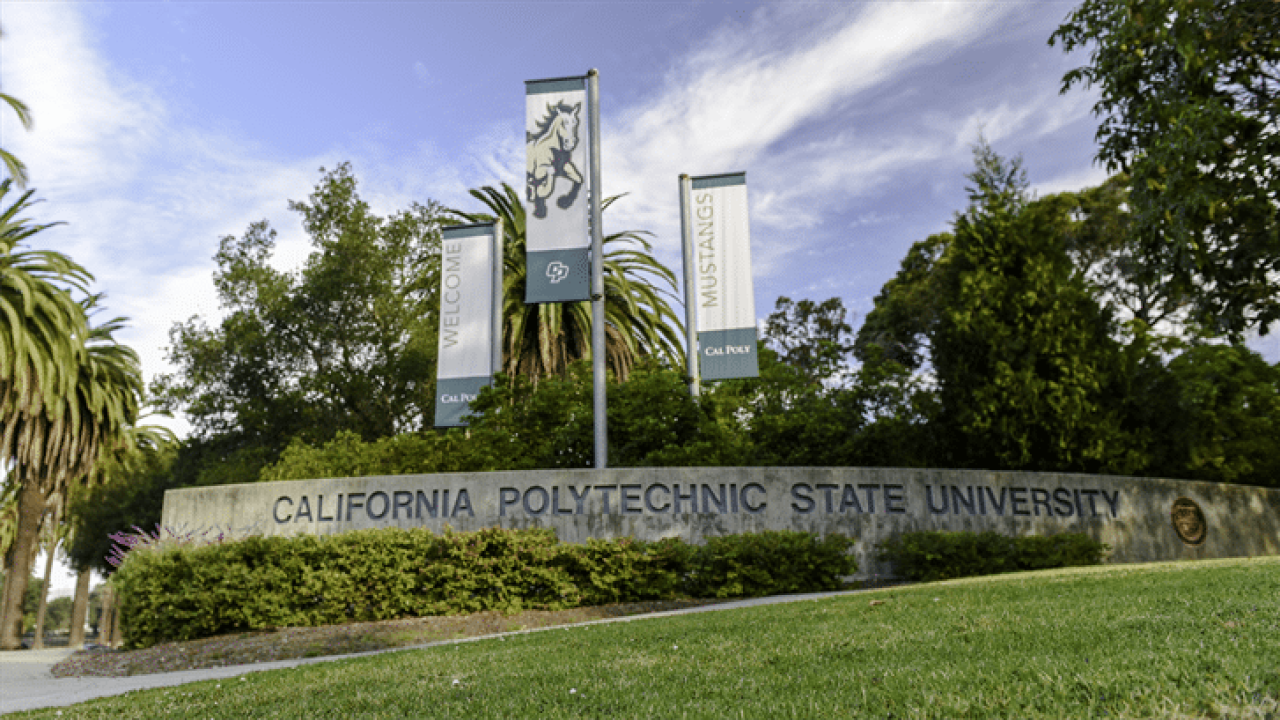California Polytechnic State University, San Luis Obispo received a 5-star rating in Money magazine’s 2023 Best Colleges rankings, placing it among the 34 best public and private universities in the nation.
Thirty-four colleges in total received a 5-star rating. The rating has Cal Poly alongside universities such as Columbia, the California Institute of Technology, Harvard, MIT, Stanford and Yale.
Factors such as the estimated tuition price, graduation rates, financial aid and graduate earnings were taken into account. The ratings considered 26 factors in all.
The university was the only Cal State to receive a 5-star rating. Four University of California schools received a 5-star rating: Berkeley, Irvine, UCLA and San Diego.
Seven California universities received 5-star ratings, the most of any state.
Money magazine's 2023 rankings offer a “practical analysis of more than 700 four-year colleges, focusing on affordability and student outcomes,” according to the magazine’s website.
The 2023 rankings used a star-based system instead of a numerical ranking system to “help families with their college search by highlighting the variety … of high-value colleges in the U.S.”
Money later published an article titled "Why There Is No Single ‘Best College’ in Money’s Brand New Rating System" that further explains its shift to a star-rating system.
Cal Poly graduates go on to earn median “early career” salaries of $85,800, according to a Money analysis.
Cal Poly has a 33% acceptance rate and just over 21,000 undergraduates.
“Cal Poly's home is sunny San Luis Obispo, located on the California coast about halfway between Los Angeles and San Francisco,” Money writes. “Known as 'Slo,' [sic] the college argues it’s the most collegiate of the state’s college towns, with farm-to-table restaurants, nightlife and cultural events. Outside the city, students can explore hiking trails or relax on the nearby beaches.”
The rankings were released in June.
Money’s 2023 methodology
The initial rankings included all colleges nationwide — a number totaling more than 2,400. That number was then trimmed by selecting colleges that met certain requirements.
Eligible colleges had to have at least 500 undergraduate students, sufficient and reliable data to be analyzed, not be in financial distress, and have a graduation rate that was at or above the median for its category, e.g., public, private or HBCU, according to the website’s methodology page.
Money’s editorial staff determined the final ratings. Those decisions were based in part on a college’s affordability, the quality of education and the outcomes of graduates, which included graduate earnings after 10 years and the share of graduates who were employed or enrolled in graduate school one year after completing their degree, according to the website’s methodology page.



